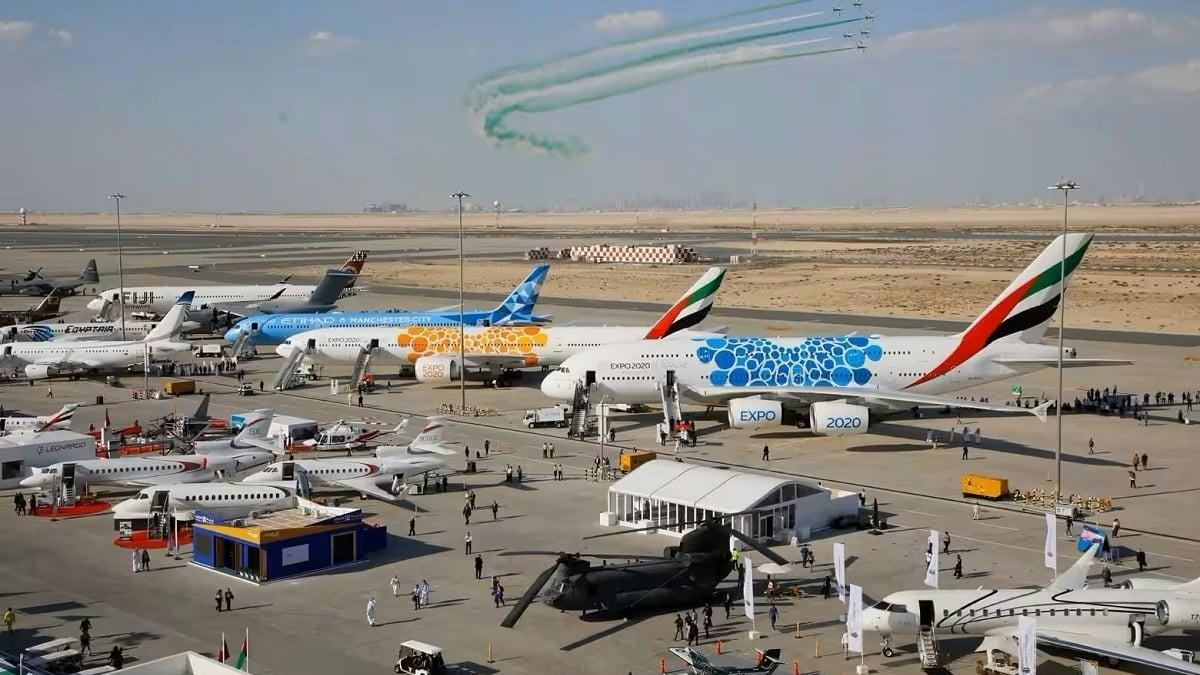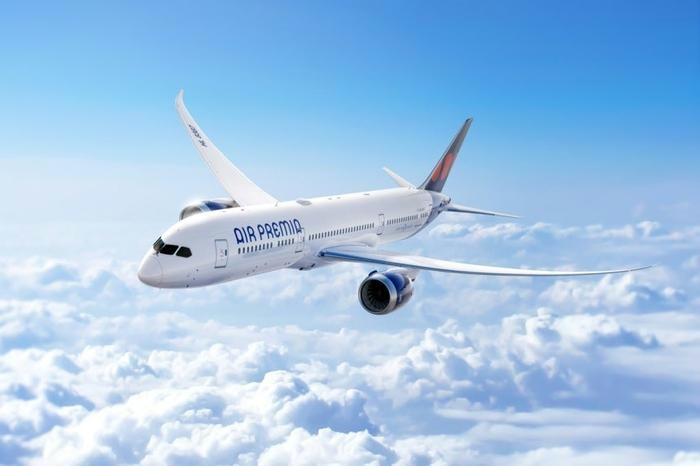
AeroGenie — Your Intelligent Copilot.
Trending
Categories
Aviation’s Path to Net-Zero Carbon Emissions by 2050

Aviation’s Path to Net-Zero Carbon Emissions by 2050
Air travel has become an indispensable component of global connectivity, facilitating commerce and uniting people across continents. However, as international air passenger numbers are projected to nearly double over the next two decades, the aviation industry confronts a critical challenge: how to expand sustainably while significantly reducing its carbon emissions.
The sector’s pledge to achieve net-zero carbon emissions by 2050 is both ambitious and imperative. Without decisive intervention, aviation-related emissions could increase by 40% by 2040, with fuel consumption potentially reaching 370 million gallons per day. This alarming projection highlights the urgent need for innovation, collaboration, and systemic transformation within the industry.
Industry Initiatives and the Pace of Progress
The International Civil Aviation Organization (ICAO) has played a pivotal role in mobilizing the industry through initiatives such as the Carbon Offsetting and Reduction Scheme for International Aviation (CORSIA) and the establishment of a long-term global aspirational goal for net-zero emissions. These efforts align with the Paris Agreement’s objective to limit global warming to well below 2°C, ideally to 1.5°C. Despite widespread consensus and the evolution of regulatory frameworks like the Science Based Targets initiative (SBTi), progress toward these goals remains gradual.
Airlines have expressed growing demand for sustainable aviation fuels (SAFs), with alliances such as Oneworld creating investment funds to accelerate SAF production. Nevertheless, SAFs are currently produced in limited quantities, and promising technological advancements—including electric and hydrogen-powered aircraft—are still largely in the developmental stage. Additionally, companies like SKF are contributing through innovations such as advanced bearing steel for next-generation aeroengines, though widespread adoption of such technologies will require time.
Addressing Short-Lived Climate Pollutants
Beyond carbon dioxide (CO₂), aviation’s climate impact encompasses short-lived climate pollutants (SLCPs) such as nitrogen oxides, black carbon, and contrail cirrus. Although these pollutants have a transient presence in the atmosphere, they exert a potent warming effect. Recent studies indicate that mitigating SLCPs—through measures like adjusting flight paths and altitudes or enhancing combustion technologies—could yield rapid climate benefits. This approach offers a vital interim solution as longer-term CO₂ reduction technologies continue to mature.
Despite the significance of SLCPs, most current decarbonization strategies do not fully incorporate their management. This omission represents both a challenge and an opportunity: integrating SLCP controls into net-zero roadmaps could accelerate emissions reductions and help close the gap more effectively.
Regulatory Frameworks and Market Dynamics
Regulatory and market mechanisms are evolving to facilitate the transition to net-zero emissions, though flexibility in timelines and accountability measures remains a concern. Governments, including that of Jersey, have reaffirmed their commitment to net-zero targets. However, achieving these goals will depend on advances in technology, the development of supporting infrastructure, and shifts in consumer behavior.
Navigating the Future of Sustainable Aviation
The aviation industry stands at a pivotal juncture. While the journey to net-zero by 2050 is beset with technical, economic, and regulatory challenges, the collective momentum from policymakers, industry leaders, engineers, and scientists is unmistakable. The integration of emerging technologies, the scaling of sustainable aviation fuels, and the comprehensive addressing of both CO₂ and SLCP emissions will be essential components of this transition.
This path toward net-zero is not solely about meeting emissions targets; it represents a fundamental redefinition of the future of flight. With sustained commitment and global cooperation, aviation can forge a sustainable trajectory that preserves global connectivity without compromising the health of the planet.

U.S. Aerospace and Defense C-Class Parts Market: Supply Chain and Demand Forecast to 2030

Dubai Airshow 2025 Opens with Focus on Aviation Innovation

Emirates to Install Starlink for Free Onboard Wi-Fi Starting November

AI Advances Shaping Travel in 2025

Material Support for GAMIT Reaches Record High

Pratt & Whitney Produces Enough Engines for Airbus to Meet 2025 Delivery Goal

Russian Airline Trials Humanoid Robot as In-Flight Attendant

Air Premia Adds Fourth Spare Engine to Improve Operational Safety

CDB Aviation Leases Two 737 MAX 8 Jets to Ethiopian Airlines
